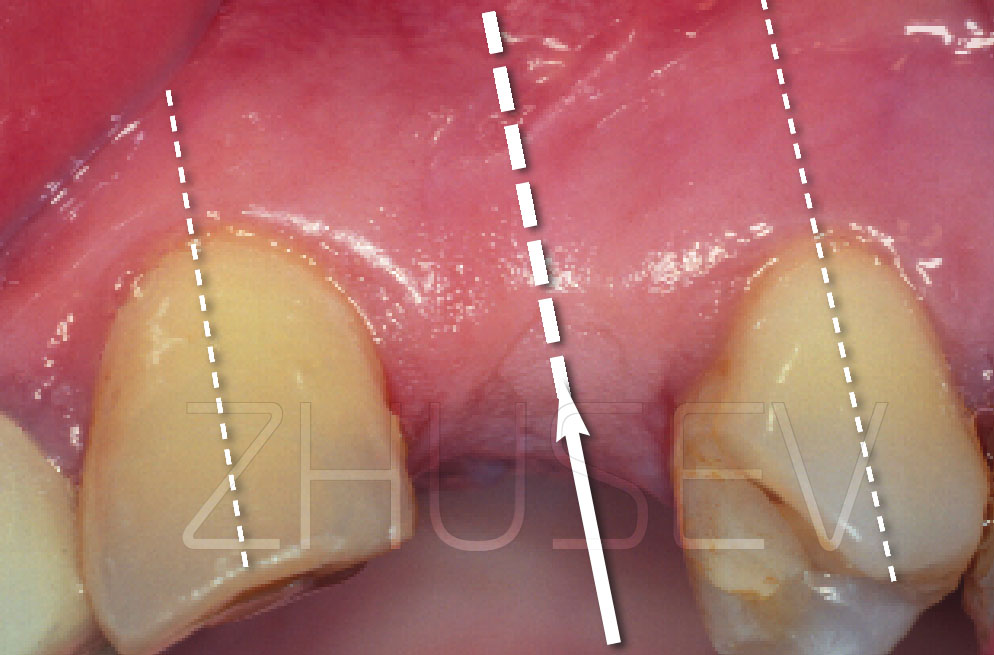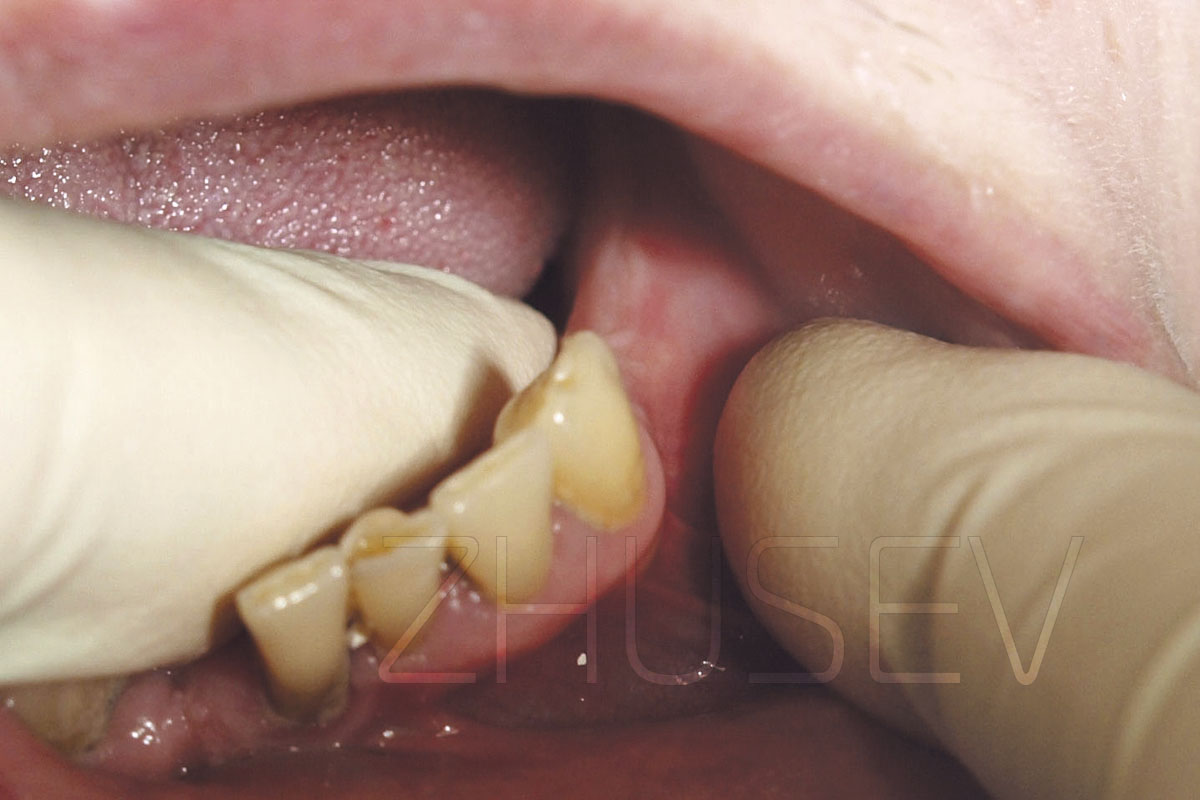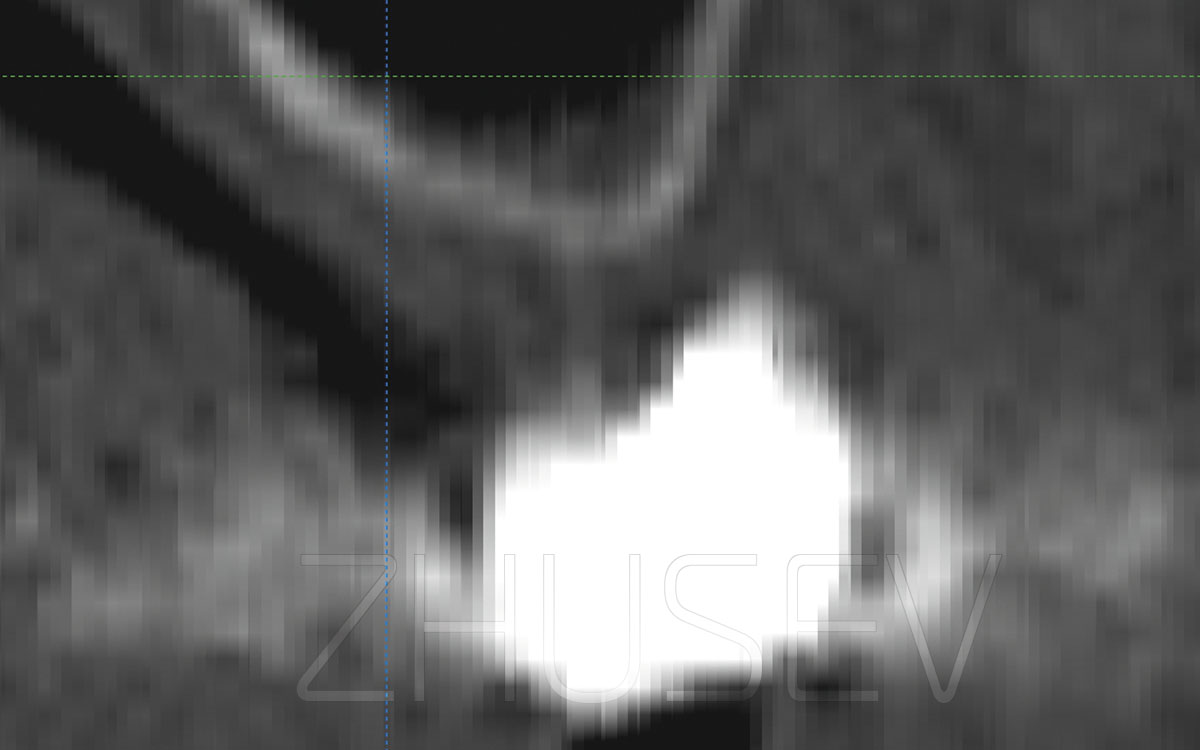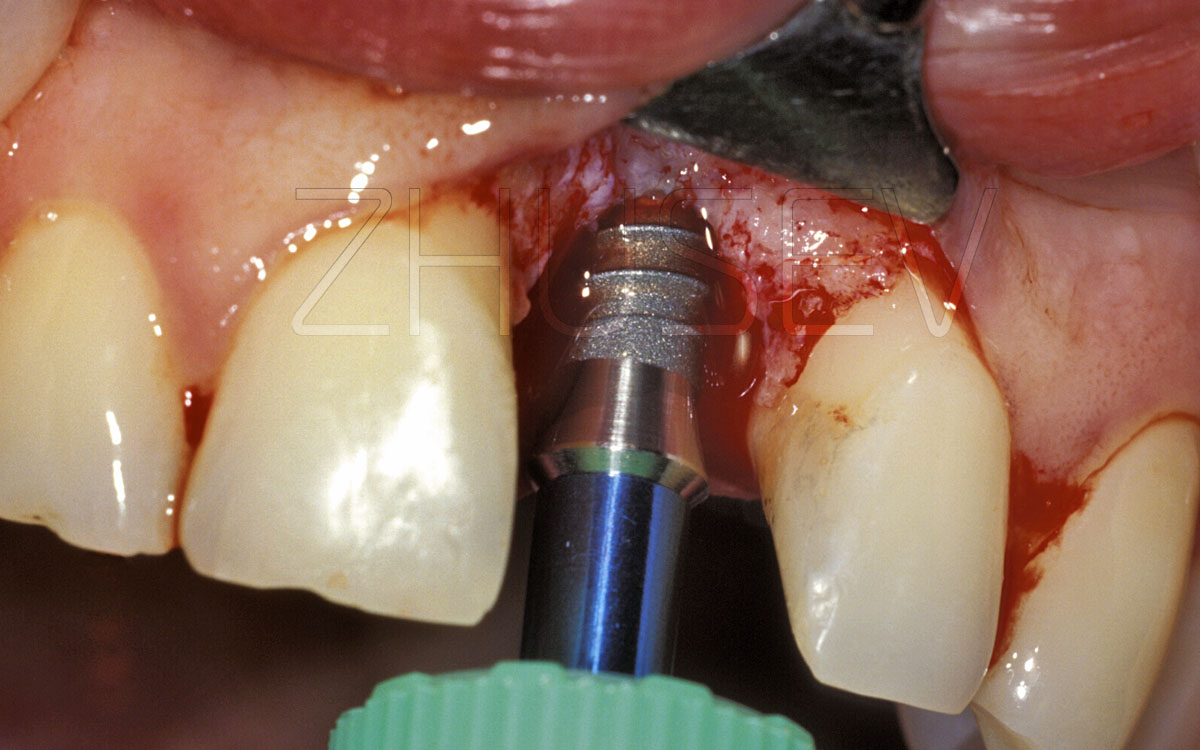To engage into a new occupation is always difficult, and implant dentistry is no exception. I speak not only about moral and ethical issues, but about financial ones as well. To engage into implant dentistry, you must purchase surgical equipment and surgical instruments (physiodispenser, surgical raspatories, surgical retractors, etc.). Moreover, you must choose the implant system you are going to use, and this choice will largely predetermine your life for quite a few years! Implant system selection is an important step, for every implant system encompasses specific surgical instruments and orthopedic accessories which will probably not work with another implant system. The cost of an implant system is somewhat huge amounting to several thousand dollars. And should you change your mind in favour of another implant system, you will most likely fail to do so, and even if you manage to sell it, your material losses will be enormous. It is extremely difficult to advise a person on choosing an implant system. You should probably bear in mind the following significant factors.
А Your implant system must be certified, i.e. it must be approved and available for clinical use.
B The implant system distributor must not only be responsible for the distribution but must also provide training services to promote the use of the system in surgical, prosthetic and technical procedures. They must also provide all required catalogues, methodological recommendations, etc.
C Availability. Should the need arise, the implant system distributor must ensure quick delivery and replacement of an instrument or an accessory. Discuss implant system availability before making a purchase. Otherwise, you will have to waste time waiting for a broken bur or drill to be replaced.
D It is highly advisable that you should have a colleague whom you trust and whose opinion you respect who has worked with the implant system for two or three years and can, should the need arise, consult you or help you in some other way.
E The implant system must be understandable and ergonomic. You should clearly understand how it functions and what each component is used for.
F Price. To attract customers, implant distributors often quote only the price of an implant. Remember that during surgery, you will also need a cover screw (in some implant systems, cover screws go separately). Ask you distributor about the price of all prosthetic components. In many implant systems, prosthetic components are more expensive than implants. Remember that the patient comes to you to get a tooth not an implant, thus they will be interested in the total cost.
Remember about orthodontists and dental technicians! You should have all accessories they require (different length, diameter, and inclination of abutments).
If you cannot supply dental accessories required, the dental technician will have to adjust the only abutment he has to your clinical situation, which is fraud with complications.









